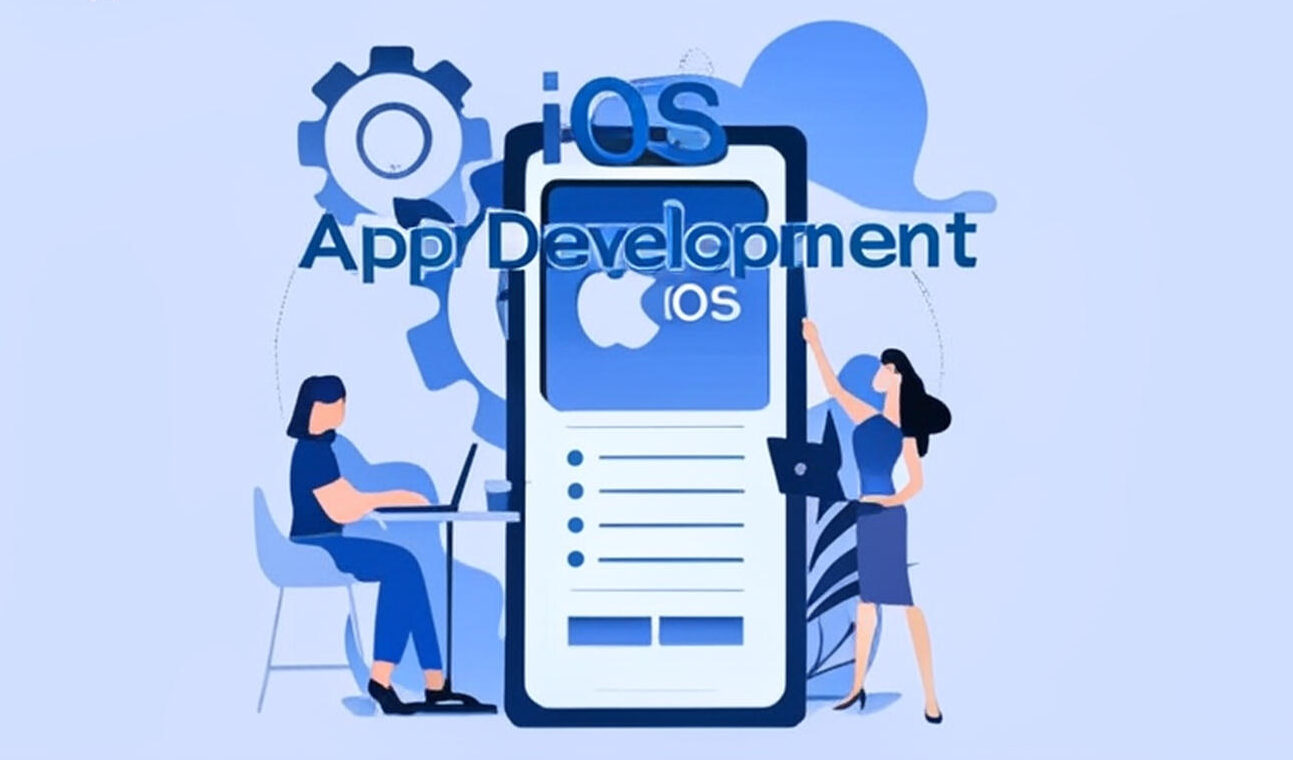The smartphone revolution has opened up endless opportunities for app developers to turn creative ideas into flourishing businesses. Apple’s iOS ecosystem, in particular, offers a lucrative market for developers to build apps with global appeal. But how do you go from brainstorming in your garage to launching an app with international success? This guide walks you through the process of iOS app development from conception to scaling globally, all while optimizing your strategy for success.
Table of Contents
Why Choose iOS?
Choosing the right platform to build your app is a critical decision. Here’s why iOS is a strong contender for anyone aiming for quality and reach:
1. Large User Base in Wealthier Markets
iOS caters to a global audience but dominates high-income regions, such as North America, Europe, and Australia. With users who spend more on apps and in-app purchases, iOS development can yield higher revenues compared to other platforms.
2. High Security Standards
Apple’s strict policies ensure robust app security, giving users confidence in the platform. For developers, this minimizes vulnerabilities and solidifies user trust.
3. Top-Notch Tools & Support
Apple provides high-quality development tools like Xcode, excellent documentation, and a supportive community, making it easier for newcomers and experienced developers alike to create smooth, polished apps.
4. Extensive Reach Through the App Store
The App Store is available in over 175 countries, offering unparalleled access to a global audience.
Steps to Build an iOS App
Transforming your idea into a successful app involves several carefully planned stages.
1. Brainstorm and Validate Your Idea
- Target Audience: Define who your app serves—identify their pain points and needs.
- Competitive Analysis: Review existing apps in your niche to find gaps or ways to differentiate your product.
- MVP Development: Keep your initial concept lean by building a “Minimum Viable Product” (MVP) with essential functionality.
2. Plan Your App’s Functionality
Create a detailed feature list, wireframes, and app flow. Decide how users will interact with your app and what goals it will help them accomplish.
3. Choose the Right Tech Stack
Some essential technologies for iOS development include:
- Swift (preferred programming language for iOS)
- Objective-C (used in legacy apps but still supported)
- Frameworks like UIKit for UI elements and Core Data for database management.
4. Code & Test with Xcode
Xcode is Apple’s integrated development environment (IDE) designed to make iOS development efficient. It provides key features like:
- Code editor
- Interface builder
- Device simulator
Be sure to regularly test your app throughout development using Apple’s TestFlight or third-party frameworks.
5. Submit to the App Store
Apple’s review process involves stringent guidelines that your app must meet before being accepted into the App Store. Ensure:
- Your app is user-friendly and free from bugs.
- It conforms to Apple’s Human Interface Guidelines.
- You’ve included suitable metadata, keywords, screenshots, and descriptions.
Essential Tools and Technologies
Choosing the right tools can speed up development and ensure excellent performance.
| Tool/Technology | Use Case |
| Xcode | IDE for developing and debugging iOS apps |
| Swift Playgrounds | Experiment with Swift code in real-time |
| Firebase | Cloud services like authentication, analytics |
| Core ML | Add machine learning capabilities |
| TestFlight | App beta testing before launch |
Challenges in iOS App Development
Despite its advantages, iOS app development comes with its own set of challenges.
1. Strict Review Guidelines
Apple’s approval process is rigorous. An app can be rejected for issues ranging from functionality to incompliance with visual standards.
2. Device Fragmentation
Although less diverse than Android, iOS also has variations due to different screen sizes, resolutions, and processor capabilities among devices.
3. High Development Costs
iOS development typically involves higher upfront costs, as Apple’s ecosystem has a premium infrastructure and tools.
Inspiring Case Studies
1. Instagram
Originally launched as a simple photo-sharing app, Instagram grew exponentially due to its user-friendly interface and consistent updates. Starting with an MVP, Instagram expanded its feature set while catering to iOS users first for smoother integration and superior user experience.
2. Canva
Canva targeted creative individuals and businesses with an intuitive design platform. The app invested in robust UX design and built a scalable architecture to expand reach globally.
Tips for Scaling Your App Globally
Creating a globally successful app requires both technical and operational planning.
1. Optimize for Localization
- Add support for multiple languages.
- Adapt UI/UX for cultural preferences and local contexts.
2. Leverage Analytics
Track user behavior using tools like Google Analytics or Firebase to understand how your app performs across markets.
3. Prioritize App Store Optimization (ASO)
Use region-specific keywords in your App Store description. High-quality visuals also play a role in attracting potential users.
4. Invest in Marketing Strategies
- Use social media ads to reach specific user demographics.
- Partner with influencers to improve app visibility.
- Consider app launch campaigns in high-performance international markets.
Conclusion
With the right blend of creativity, technical expertise, and innovation, taking your iOS app from a simple idea in a garage to a globally thriving platform is entirely possible. By following structured steps, leveraging Apple’s robust tools, and addressing market-specific challenges, you can create a strong foundation for your app to flourish on a global scale. Whether it’s a passion project or the next big tech phenomenon, iOS app development offers infinite possibilities for growth and success.
Now is the perfect time to take that concept you’ve been sitting on and turn it into the next global sensation. Start building, start testing, and start scaling—your path to success is just a few clicks away.

Leave a Reply